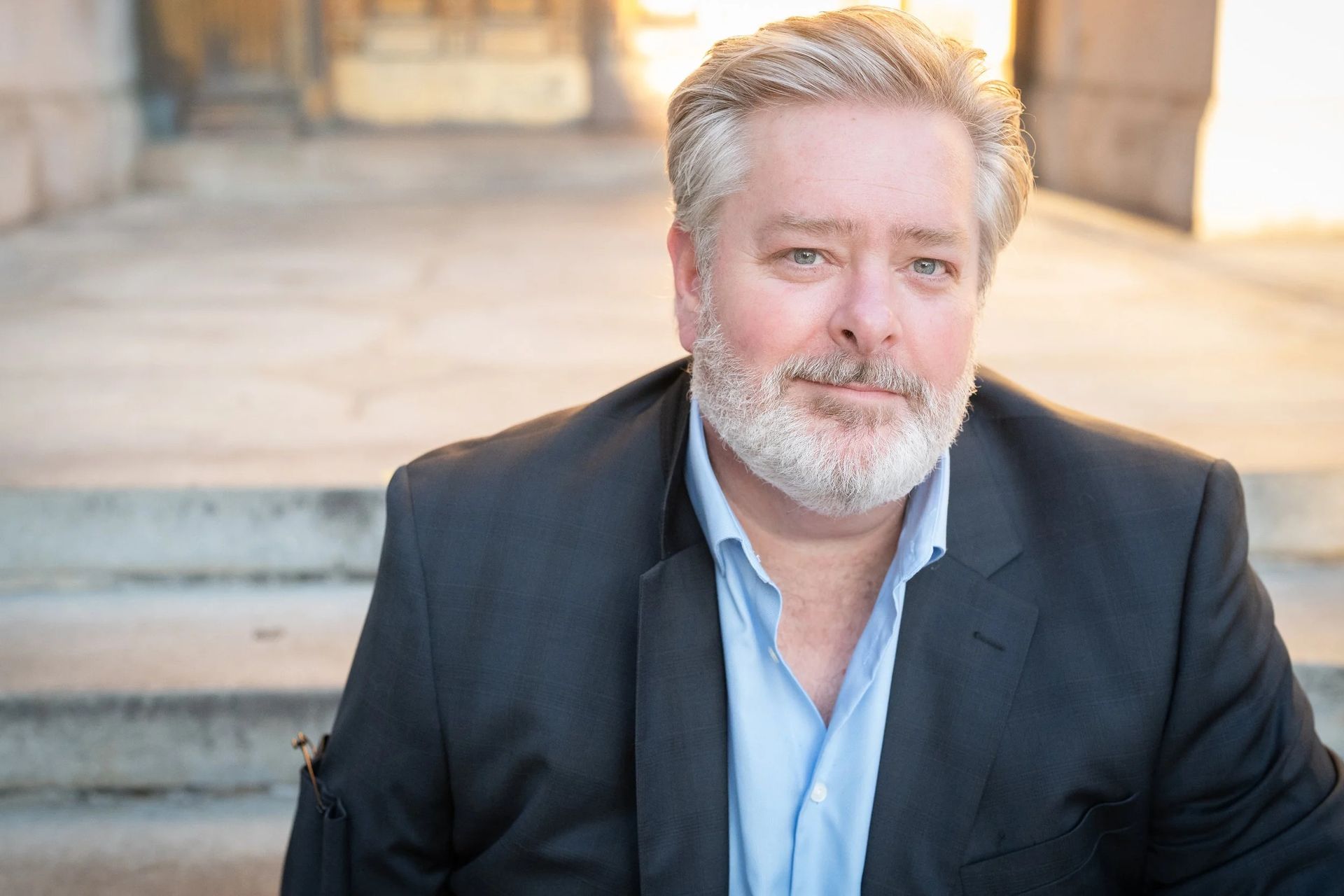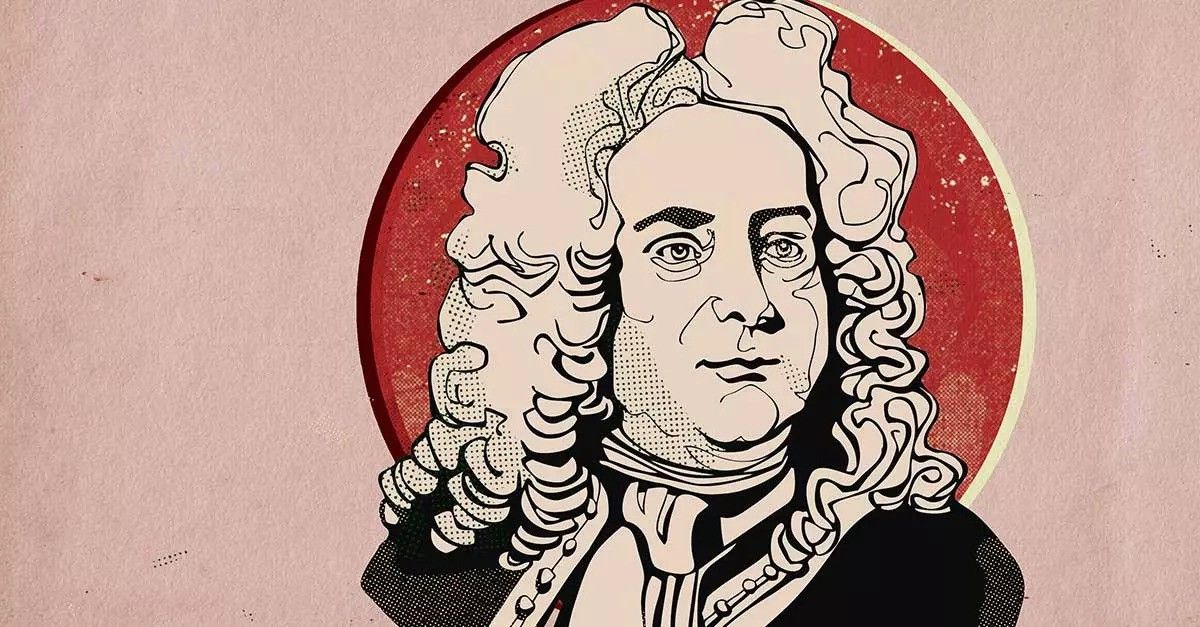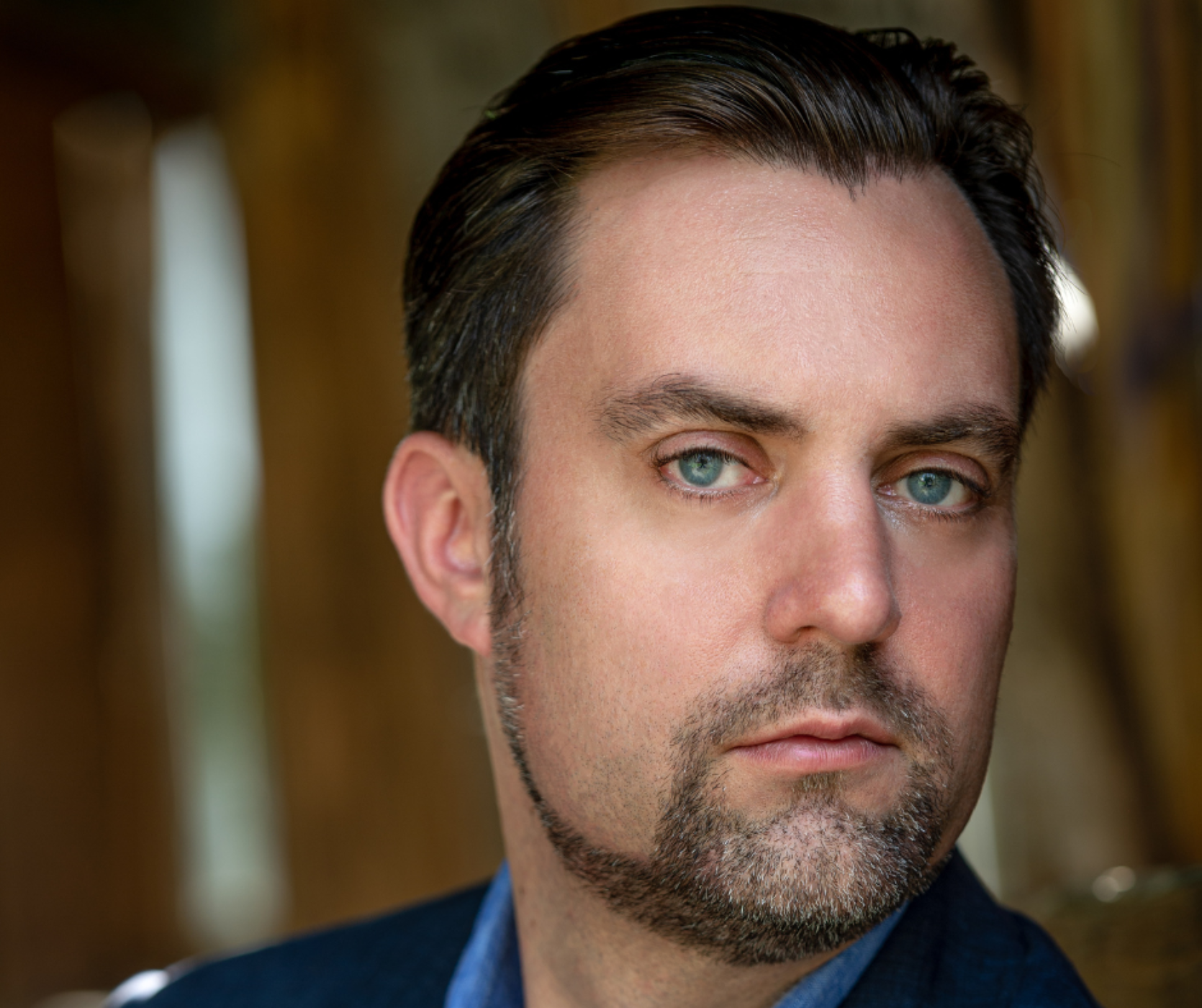THE STORY BEHIND: Rachmaninoff's "Rhapsody on a Theme of Paganini"
Share
On September 14, conductor Leonard Slatkin and the Rhode Island Philharmonic Orchestra will present RACHMANINOFF & GERSHWIN with pianist Olga Kern.
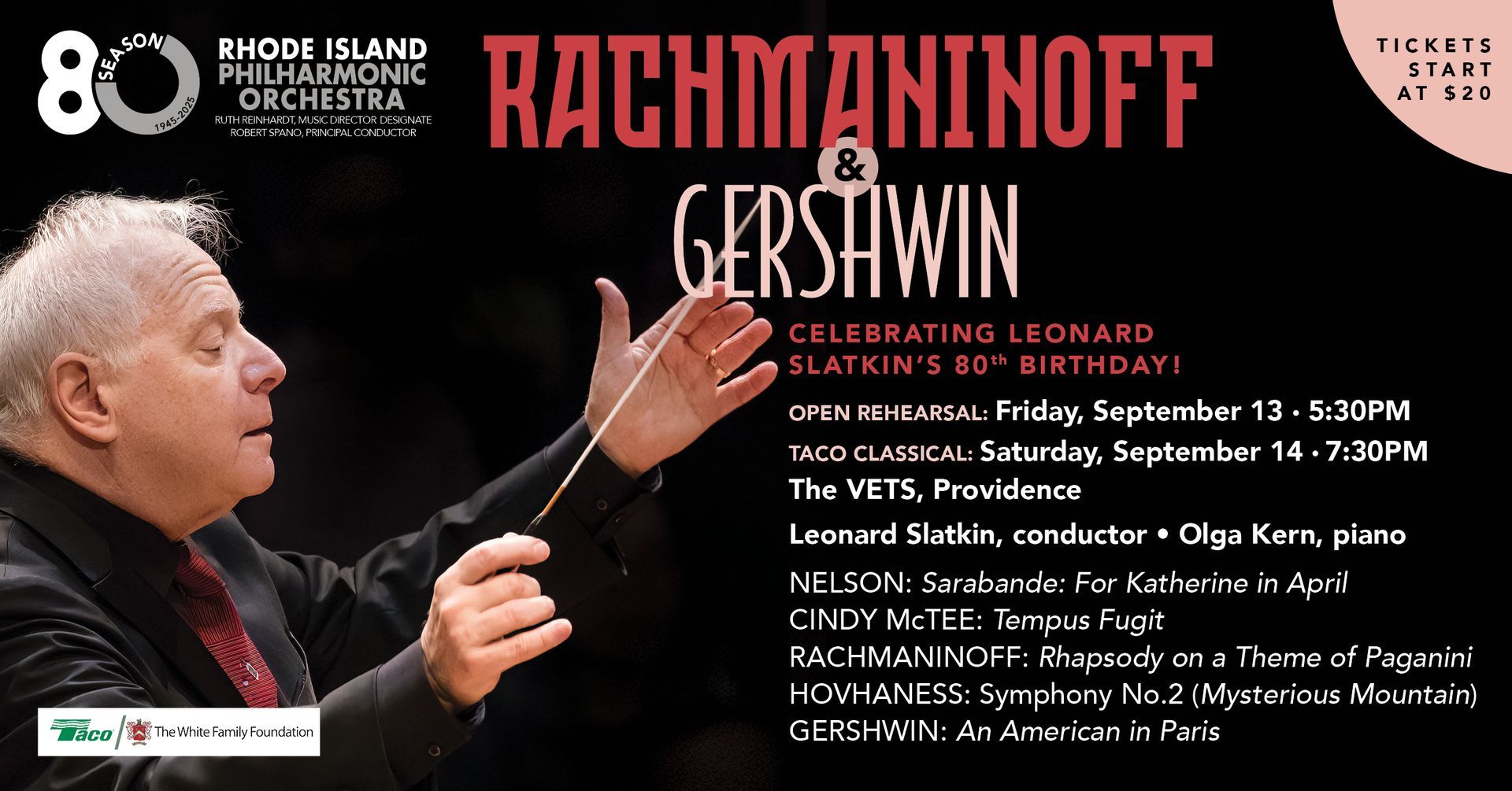
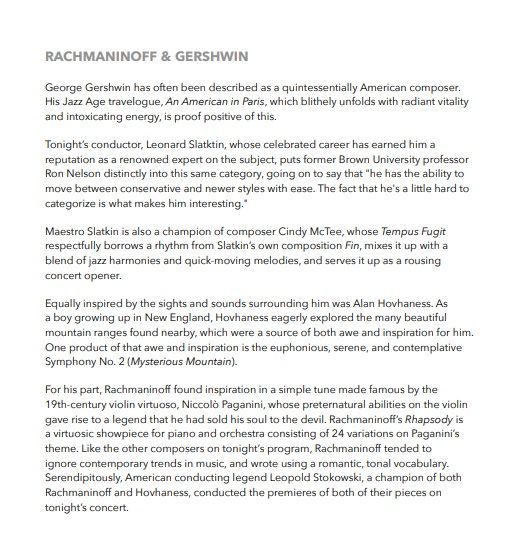
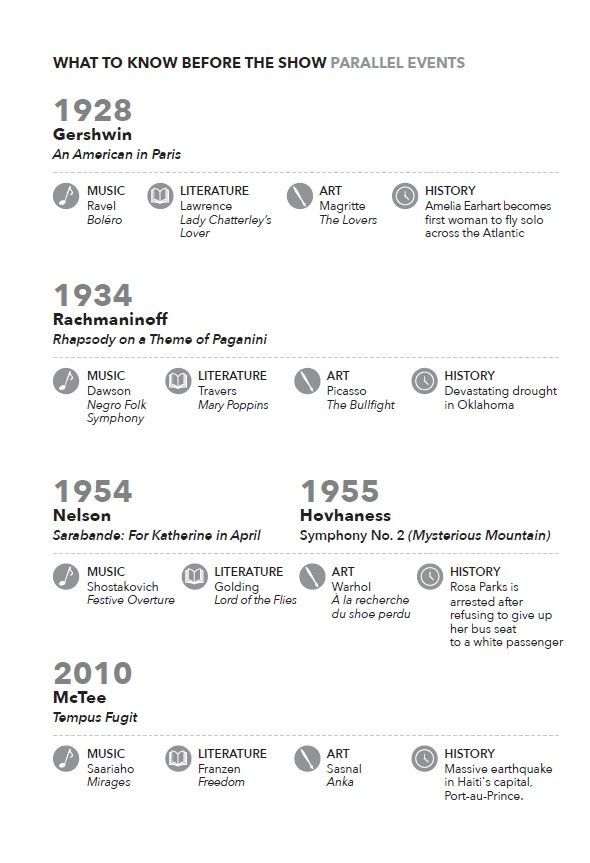
Title: Rhapsody on a Theme of Paganini, op.43
Composer: Sergei Rachmaninoff (1873-1943)
Last time performed by the Rhode Island Philharmonic:
Last performed February 23, 2019 with Ken-David Masur conducting and soloist Ran Dank. In addition to a solo piano, this piece is scored for piccolo, two flutes, two oboes, English horn, two clarinets, two bassoons, four horns, two trumpets, three trombones, tuba, timpani, percussion, harp and strings.
The Story:
Rachmaninoff begins his
Rhapsody on a Theme of Paganini
by turning the traditional theme and variation form on its head. The theme is broken up into tiny points, punctuated by the pianist, and it’s not until a bit later, once we hear the theme itself, sung in unison by violins and accompanied by the piano, that we realize that the spicy opening was just an appetizer. The next few variations keep the theme recognizable, but add ever-increasing complexity to it. In variation 7, we hear the first appearance of the Dies Irae, or “Day of Judgment” chant. Introduced by the piano as a sustained melody in half notes, this significant moment is the first of many. Rachmaninoff himself wrote that “all the variations which have this liturgical statement represent the evil spirit to whom Paganini sold his soul for perfection in his art and the love of a woman.” This evil spirit is developed further and more forcefully throughout the next three variations, until, in variation 11, Rachmaninoff enters into “the domain of love.” Here, string tremolos create a shimmering curtain of sound, allowing the pianist a bit of improvisatory freedom, while the harp weaves a veil of mystery, beckoning, in variation 12 “the presence of a woman.” In variation 13, a “conversation between a man and a woman” ensues, but a rhythmic emphasis on the offbeats creates an oddly violent sensation.
A solo cadenza in variation 15 leads us to a series of new perspectives on the main idea, until he turns it upside down (literally!) in the glorious romantic nocturne that is variation 18, which Rachmaninoff called the “ultimate love episode.”
In a nod to the violin virtuoso who wrote the original theme, variations 19-20 pay homage with copious pizzicato and elaborate string figuration. Variations 21-23 seem to invoke demonic caricatures, while growing in intensity. All is capped off by a massive emergence of the
Dies Irae in the brass and a brilliant coda compressing earlier ideas within a massive acceleration, until, suddenly and surprisingly, the whirlwind ends with an unexpected soft dynamic and two cadential chords from the piano.
Program Notes by Jamie Allen © 2024 ALL RIGHTS RESERVED
Tickets start at $20! Click HERE or call 401-248-7000 to purchase today!

